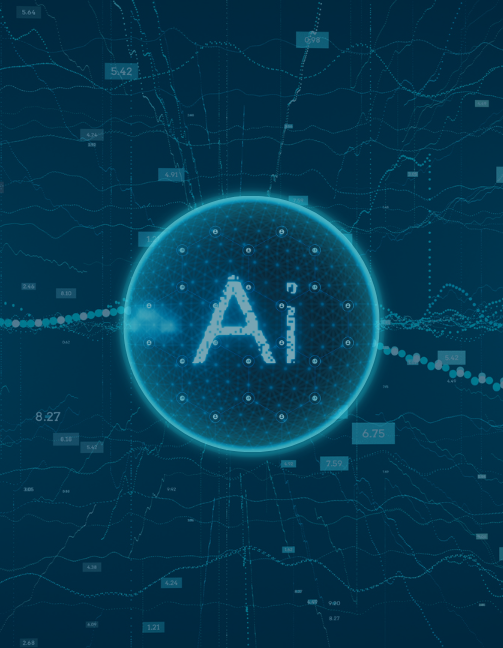How Unstructured Data and Generative AI Delivers Actionable Intelligence
Enter Gen AI and large language models (LLMs) which are revolutionizing how businesses interact with and analyze unstructured data. These advanced tools can process text, images, audio, and video at scale, identifying patterns and correlations humans alone cannot see.
The promise of Gen AI is not limited to any single platform or part of the organization. It’s about transforming how data can be used to drive growth and insights across every function in the business and ultimately transform the business itself.
Here is a small sample of what’s possible:
- Actionable Insights: Analyze patterns in customer communication to anticipate needs, identify process gaps, and seize growth opportunities.
- Seamless Collaboration: Break down silos between sales, marketing, and support by making relevant insights accessible in real-time.
- Enhanced Productivity: Automate the analysis of emails, meeting transcripts, and support logs to surface critical information without manual effort.
- Improved Customer Experiences: Use sentiment analysis, tone detection, and behavioral insights to craft personalized experiences at scale, improve training and performance.
Breaking Down the Tools of the Future
Generative AI unlocks the full potential of unstructured data by leveraging an ecosystem of advanced technologies such as large language models (LLMs), retrieval-augmented generation (RAG), semantic search, and vector databases. Together, these tools transform unstructured data into meaningful, actionable intelligence.
Large Language Models (LLMs)
LLMs are trained on vast datasets of text, audio, images, and even video to recognize patterns, context, and relationships. They function as the “brain” of the generative AI ecosystem. For example, an LLM can analyze customer emails to detect recurring concerns, identify patterns in tone, or even predict potential churn risks based on sentiment.
Semantic Search
Traditional keyword-based search has limitations, often missing relevant information that doesn’t match exact terms. Semantic search uses Natural Language Processing (NLP) to understand the nuances of human language and retrieves the most relevant data even when exact matches are unavailable. This capability ensures that critical insights from meeting transcripts, support logs, or product documentation aren’t overlooked.
Vector Databases
Vector databases revolutionize how unstructured data is stored and retrieved by using mathematical representations, or embeddings, to capture the meaning and relationships within the data. Unlike traditional databases that rely on rows and columns for structured information, vector databases organize data as multi-dimensional vectors, enabling highly efficient searches.
For instance, instead of searching for exact keywords, a vector database can find content that is similar. If a customer describes an issue as “slow loading time,” the database might retrieve records that mention “performance lag” or “delayed response”. This allows organizations to surface insights from massive datasets quickly and accurately.
Retrieval-Augmented Generation (RAG)
RAG is where these technologies converge, enhancing accuracy and reliability by integrating the latest information from verified and authoritative sources. For example, if a user asks about updates to a product feature, RAG can retrieve the current documentation or support logs, ensuring that the response reflects the most accurate information available. By anchoring Gen AI outputs to trusted sources, RAG not only improves the quality of insights, but it also builds confidence in the results.
